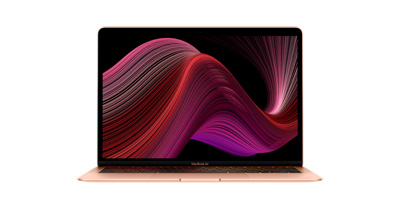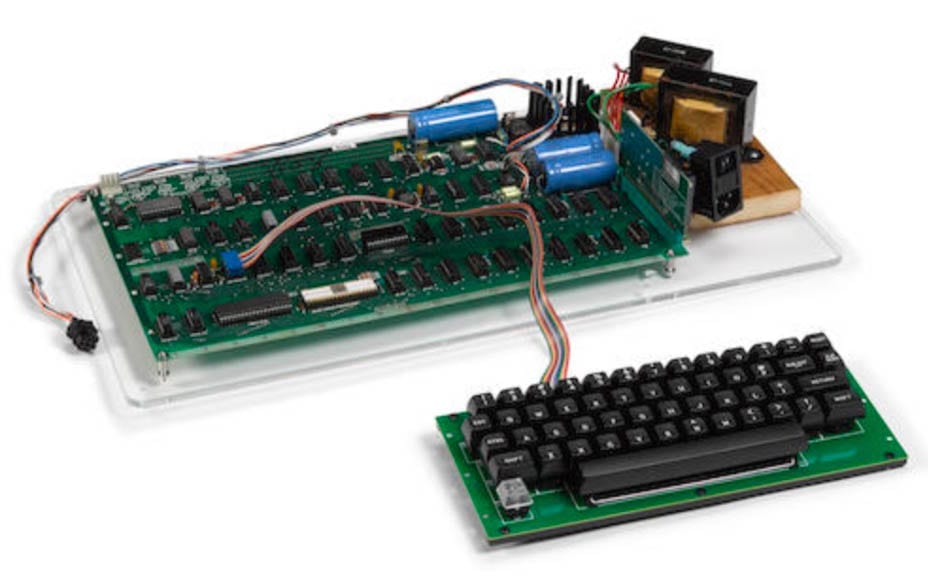

- #ORIGINAL APPLE MAC FOR SALE UPDATE#
- #ORIGINAL APPLE MAC FOR SALE FULL#
- #ORIGINAL APPLE MAC FOR SALE PRO#
- #ORIGINAL APPLE MAC FOR SALE PROFESSIONAL#
If that still leaves you wondering which processor you should opt for, let me help. The Mac Studio and the M1 Max never skipped a beat.
#ORIGINAL APPLE MAC FOR SALE PRO#
Comparatively, he has managed to work on a MacBook Pro with a standard M1 processor but did run into limitations that affected his workflow. He even said it outpaced the $24,000 Mac Pro he uses as his daily machine. It was stutter-free, and the fans never kicked in. The M1 Max handled all of it like a champ.
#ORIGINAL APPLE MAC FOR SALE FULL#
From there, we applied 3D tracking and tons of color correction, while also keeping it set to “best quality” (instead of “best performance”), which maintained the playback at full resolution.

We imported multiple streams of RED raw footage (about 40 gigabytes at about a 12:1 compression) into Final Cut Pro to edit. Both are designed to be used together for the Full Apple Experience, but you can also use any display with the Mac Studio, and you can connect the Studio Display to most computers (some features are limited on Windows). This is a review of the Mac Studio, but I talk about the Studio Display as well. The Mac Studio starts at $2,000 and isn't what I'd call “cheap,” but you'll be hard-pressed to find an equivalent this powerful and compact for a similar price. Both are markedly more powerful than Apple's cheaper desktop Macs and even surpass the expensive Mac Pro. The Mac Studio comes with two processor choices: the M1 Max or M1 Ultra. But with the new Mac Studio on the scene, there's now a near-perfect middle ground. Apple loyalists of late could choose between the 24-inch iMac all-in-one ($1,299), the compact Mac Mini ($699), or the ridiculously expensive Mac Pro ($6,000). Not only do you need a high-end camera with accompanying equipment, you also need a beefy computer with enough processing power to handle all of your high-res footage.
#ORIGINAL APPLE MAC FOR SALE PROFESSIONAL#
Being a professional content creator is expensive.

#ORIGINAL APPLE MAC FOR SALE UPDATE#
Update March 9th 3:48PM ET: Added attribution to Apple statement in line with The Verge ’s background policy. We’ll likely have to wait for someone to tear the two versions of the computer down to see if there are any design changes in the Ultra version, but for now, it seems like the M1 Ultra’s added heft can be chalked up to material choices. It’s really all about design, as we learned when Sony replaced the PS5’s heatsink with a smaller, lighter one, without accruing a notable performance hit. It is worth noting that copper isn’t automatically better than aluminum. That means that, if the design of the heatsinks is exactly the same, the copper version would be over three times heavier than the aluminum one. It’s that it’s got a heavier metal - at room temperature, copper is 8.96 grams per cubic centimeter, whereas aluminum is a svelte 2.70 grams. It’s not that the M1 Ultra required a beefier power supply (which isn’t an unfair assumption) or that the fans are powerful enough to push down the scale, as one Twitter user joked. The M1 Max-equipped Studio is 5.9 pounds, where the M1 Ultra version is 7.9 pounds. The additional weight is due to M1 Ultra having a larger copper thermal module, whereas M1 Max has an aluminum heatsink. Here’s what Apple spokesperson Alex Bender said in an email to The Verge: It turns out, it comes down to the metal used in the computer’s thermal systems. While the M1 Ultra is basically two M1 Maxes stuck together, that’s not the reason for the weight difference, according to Apple. When Apple published the spec sheets for its new Mac Studio computer, people were quick to voice their confusion about why on earth the version with the new M1 Ultra chip weighed a whole two pounds (almost a kilogram) more than the version with the M1 Max.


 0 kommentar(er)
0 kommentar(er)
